Thanh Chua is an ancient pagoda built during the Ly Dynasty - before 1064, and is one of the oldest relics of the ancient Thang Long land. The pagoda is located in Dich Vong Hau ward, Hanoi .
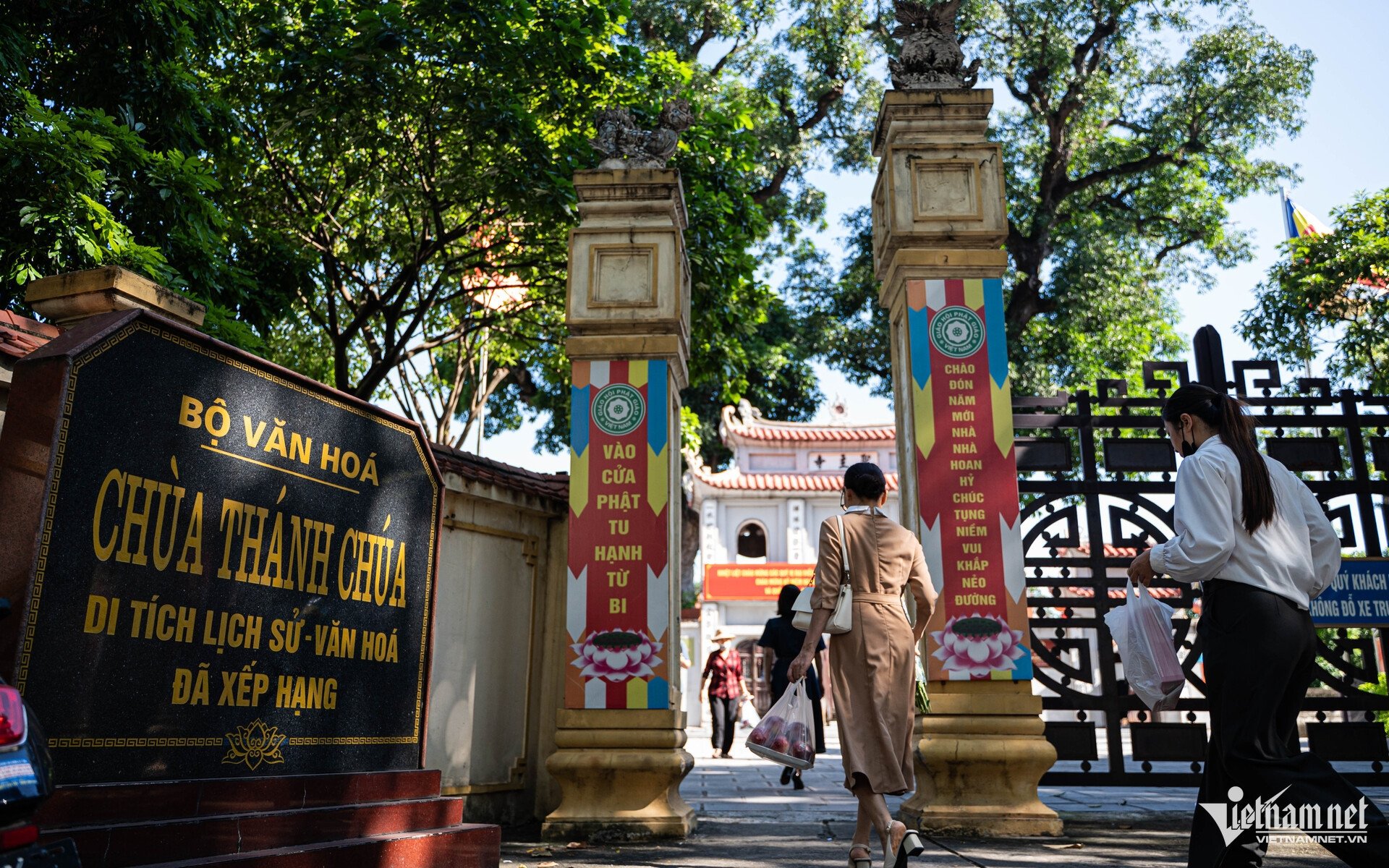
Thanh Chua Pagoda was recognized as a historical and cultural relic in 1989. Photo: Nguyen Huy
The temple is associated with two kings
Thanh Chua Pagoda is considered the place where prayers for the birth of King Ly Nhan Tong came true and more than 400 years later, it was the place where King Le Thanh Tong took refuge and raised him. Therefore, the folk song has been passed down: "For thousands of years, there have been few pagodas/Like Thanh Chua Pagoda, where two kings worshiped".
According to legend, the pagoda was where the royal concubine Y Lan and the kings of the Ly dynasty often visited to study Buddhism. In the year Quy Mao (1063), King Ly Thanh Tong was over 40 years old but had no son to succeed him. He sent Chi hau Noi nhan (a minor official in the palace) Nguyen Bong to perform a ceremony to pray for a child at Thanh Chua pagoda.
Dr. Ta Thi Tam - a researcher on Buddhist cultural history at the Vietnam Academy of Social Sciences shared: "King Ly Thanh Tong was old and had no son, so he often went to Thanh Chua Pagoda to pray for a child. After praying for a child, Y Lan became pregnant and gave birth to Prince Can Duc, who later became King Ly Nhan Tong."
Currently, the pagoda is open daily, becoming a familiar place for Buddhists in the area, especially nuns in Dich Vong Hau and Mai Dich wards, Dr. Ta Thi Tam added.
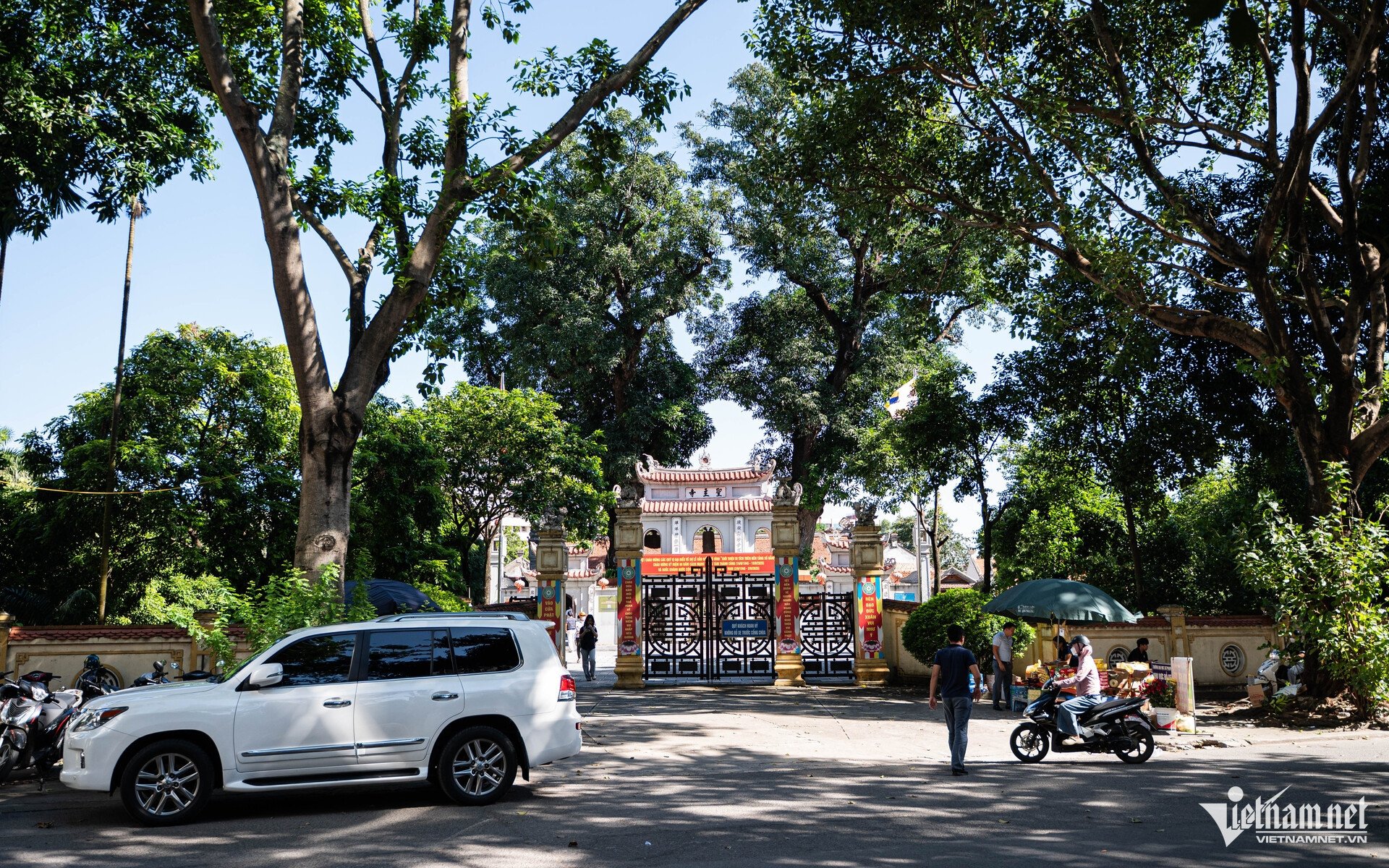 | 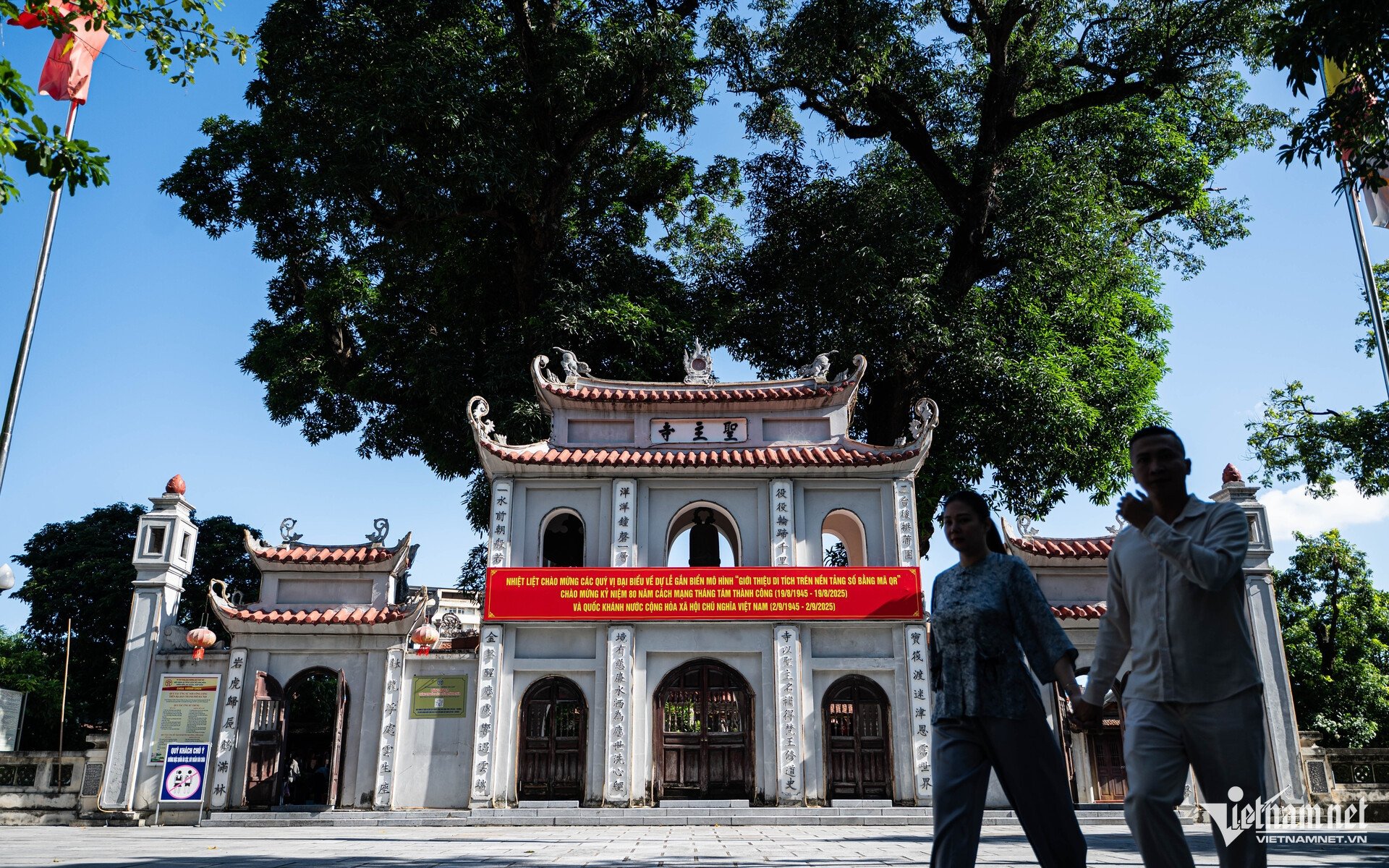 |
During the Le Dynasty, the ancient pagoda was also associated with the childhood of King Le Thanh Tong, a wise king and great cultural figure in the history of the nation. King Le Thanh Tong had a difficult and arduous childhood. According to the jade genealogy still kept at Thanh Chua Pagoda, as well as official history books, the king's mother was Mrs. Ngo Thi Ngoc Dao (1421-1496).
At the age of 16, Lady Ngoc Dao was recruited to be a palace concubine. In June of the year Canh Than (1440), she was appointed as Tiep Du (the highest of the 6 female officials, but lower than Tam Phi).
The pagoda was where she and Crown Prince Le Tu Thanh took refuge when the Le Dynasty was in turmoil. After the chaos was quelled, the Crown Prince was brought back to the capital by two loyal ministers of the court and ascended the throne, taking the reign name Le Thanh Tong. Later, the king was grateful to the monk and the pagoda for sheltering mother and son, so he bestowed a royal decree and had the pagoda restored.
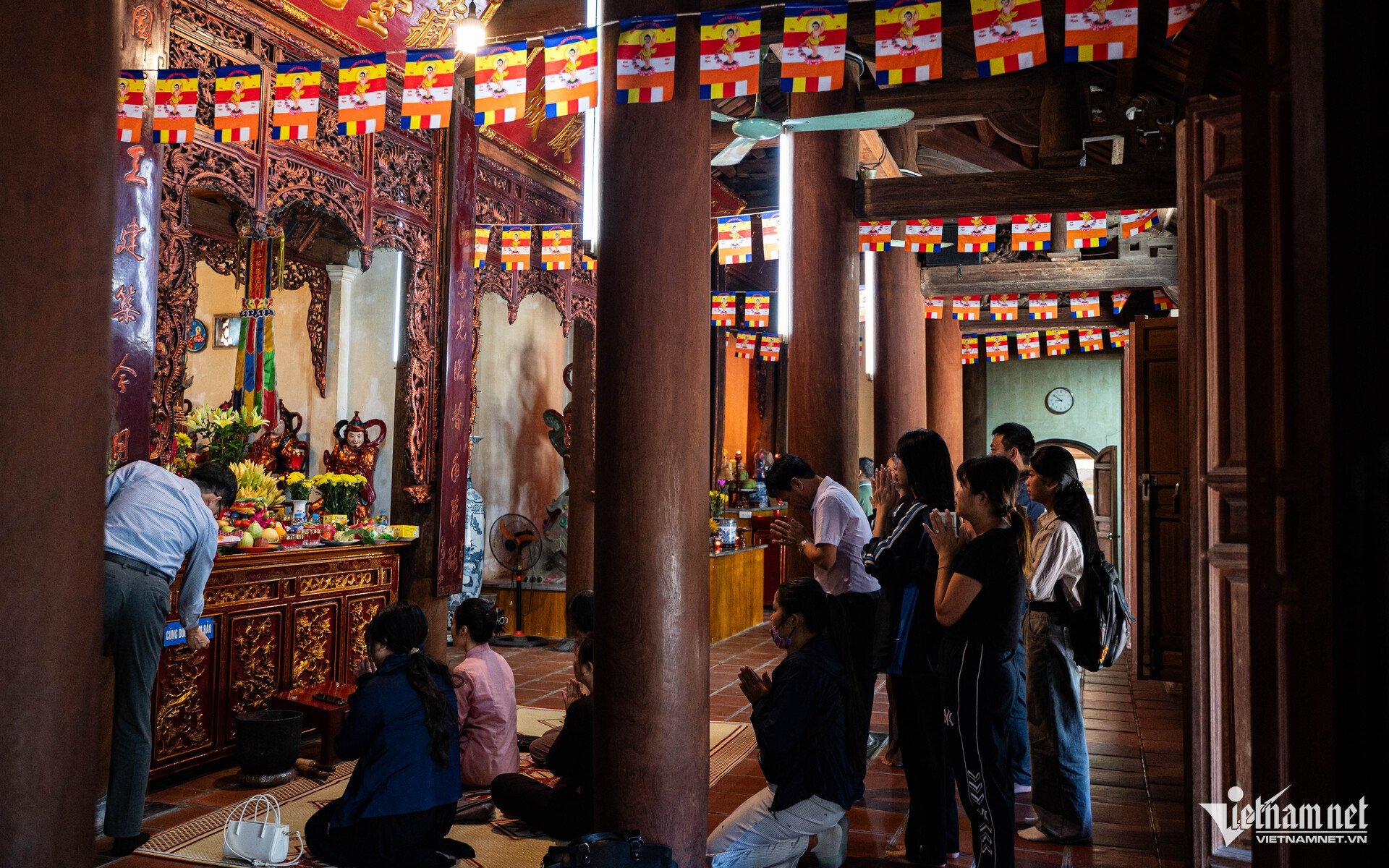 | 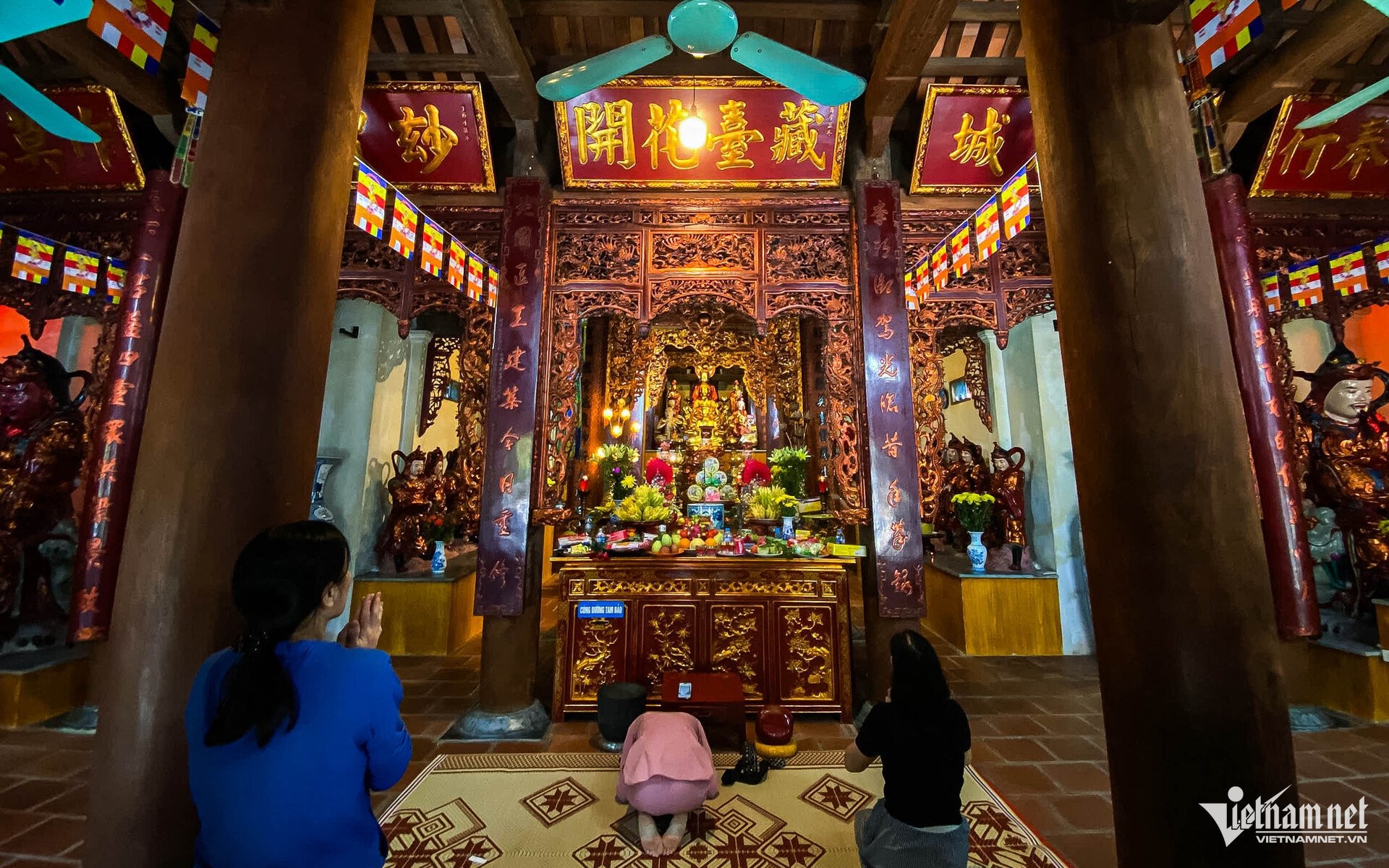 |
A peaceful temple in the middle of a university lecture hall
Thanh Chua Pagoda is located on the campus of Hanoi National University of Education (next to the gymnasium, building K), opposite the University of Law, Vietnam National University, Hanoi.
Architecturally, the Holy Mother Pagoda was built in the shape of the letter T. The temple's main sanctuary faces southwest and is structured in the shape of a mallet handle. On both sides of the main hall are large gardens and side doors leading to the back, leading to the corridor and the Ancestor's house, the Mother's house, the Monk's house, the Y Lan shrine, and the tomb tower garden.
Over time, after many restorations, the pagoda still retains a rich system of wooden and terracotta statues.
Going through the bridge corridor on the left of Tam Bao Pagoda, opposite Mai Dich Mother House is the tower garden of Thanh Chua Pagoda, with 9 large and small towers, preserving the ashes of the abbots and monks in the pagoda.
The towers are built with four sides, decorated with patterns according to traditional Buddhist culture. Each tower has 1 door, arch-shaped, with a lotus bud above, symbolizing purity and innocence.
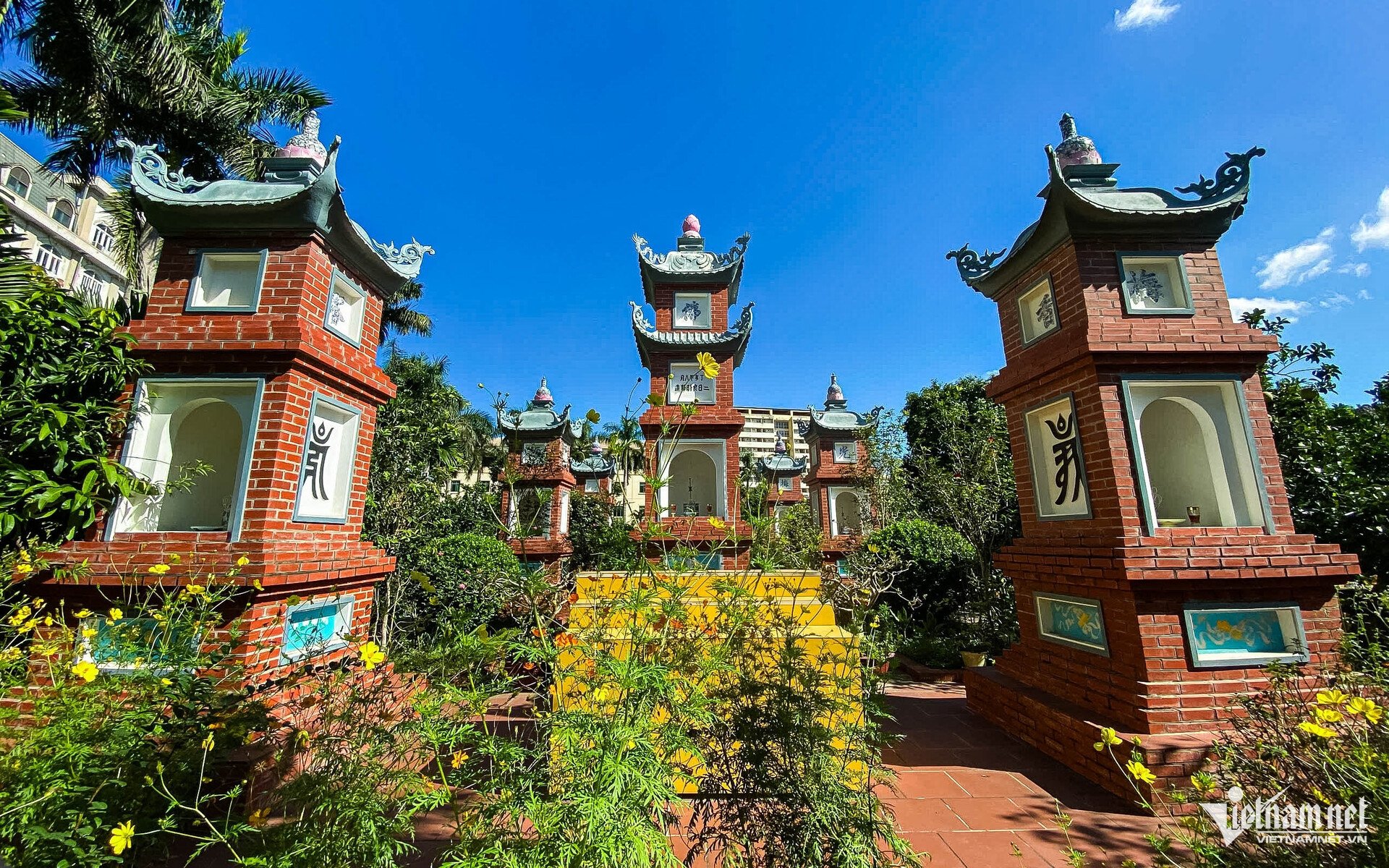
A corner of the tower garden of Thanh Chua Pagoda. Photo: Nguyen Huy
In addition, on the Tam Quan attic of Thanh Chua Pagoda, there is also a bronze bell cast in the year of Mau Ty, the 9th year of Minh Mang (1828) and a bronze gong with bat wings, weighing 125kg, dated the 5th year of Thieu Tri (1845).
According to information recorded at Thanh Chua Pagoda, in 1959, during his visit to Hanoi Pedagogical University, President Ho Chi Minh noticed that the hall was built right in front of the Tam Quan gate of the pagoda. At that time, he suggested removing the construction to preserve the space and architecture of the ancient pagoda. That demonstrated the concern of leaders at all levels about preserving historical and cultural relics.
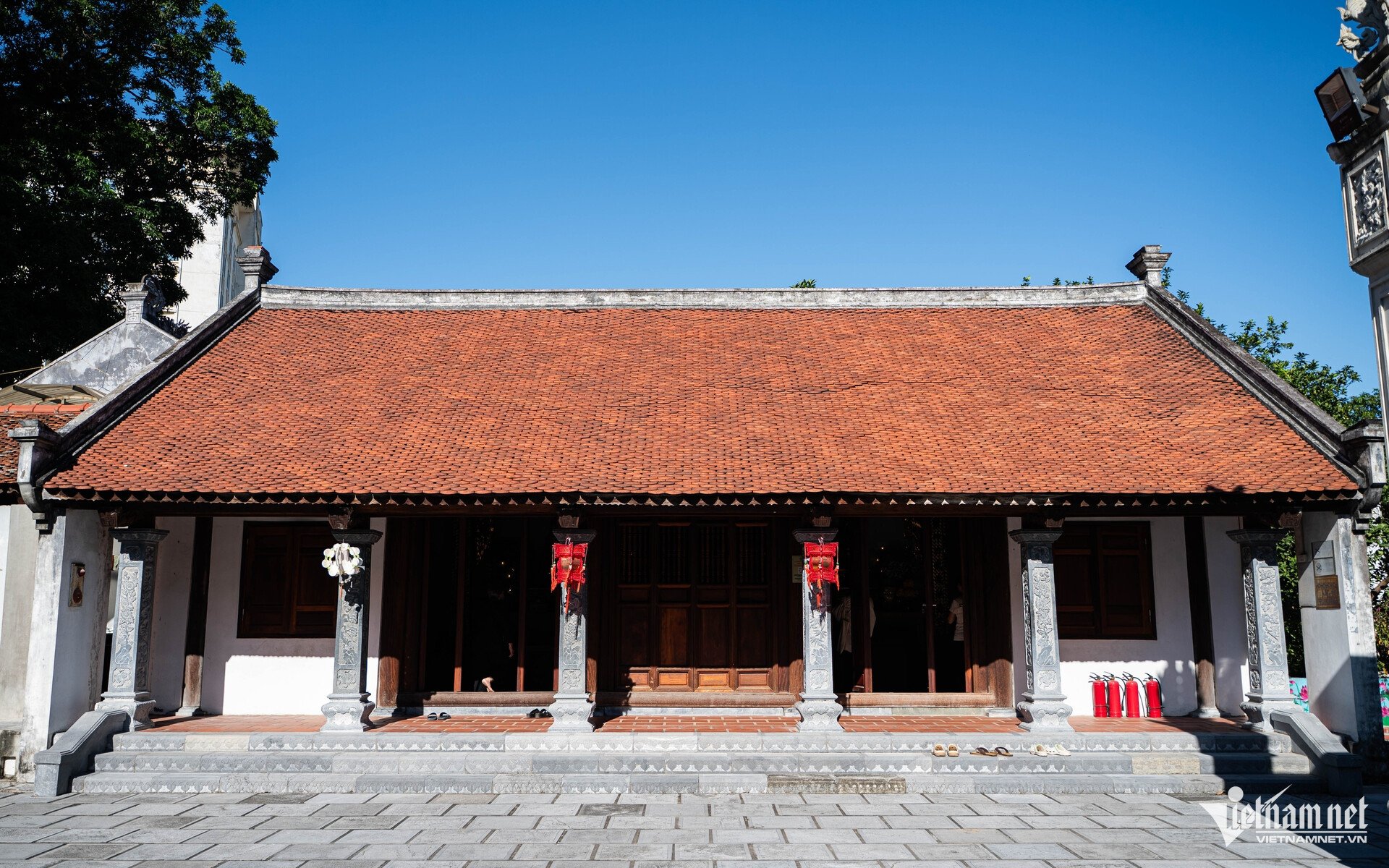 | 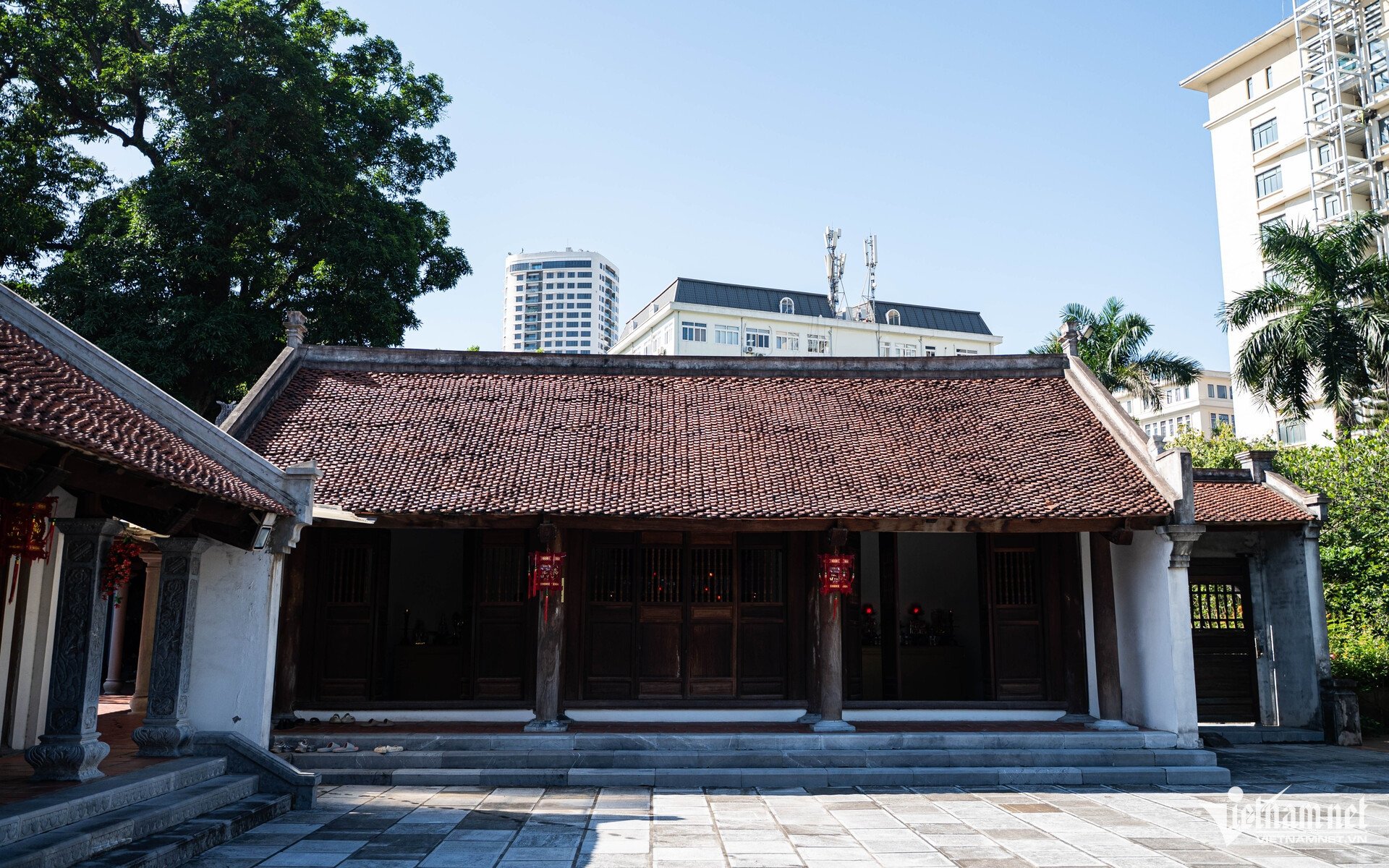 |
Located in a special location, Thanh Chua Pagoda has become a familiar destination for students in the area. Many teachers and students of the National Pedagogical University High School often come to the pagoda to burn incense and pray for luck before important exams.
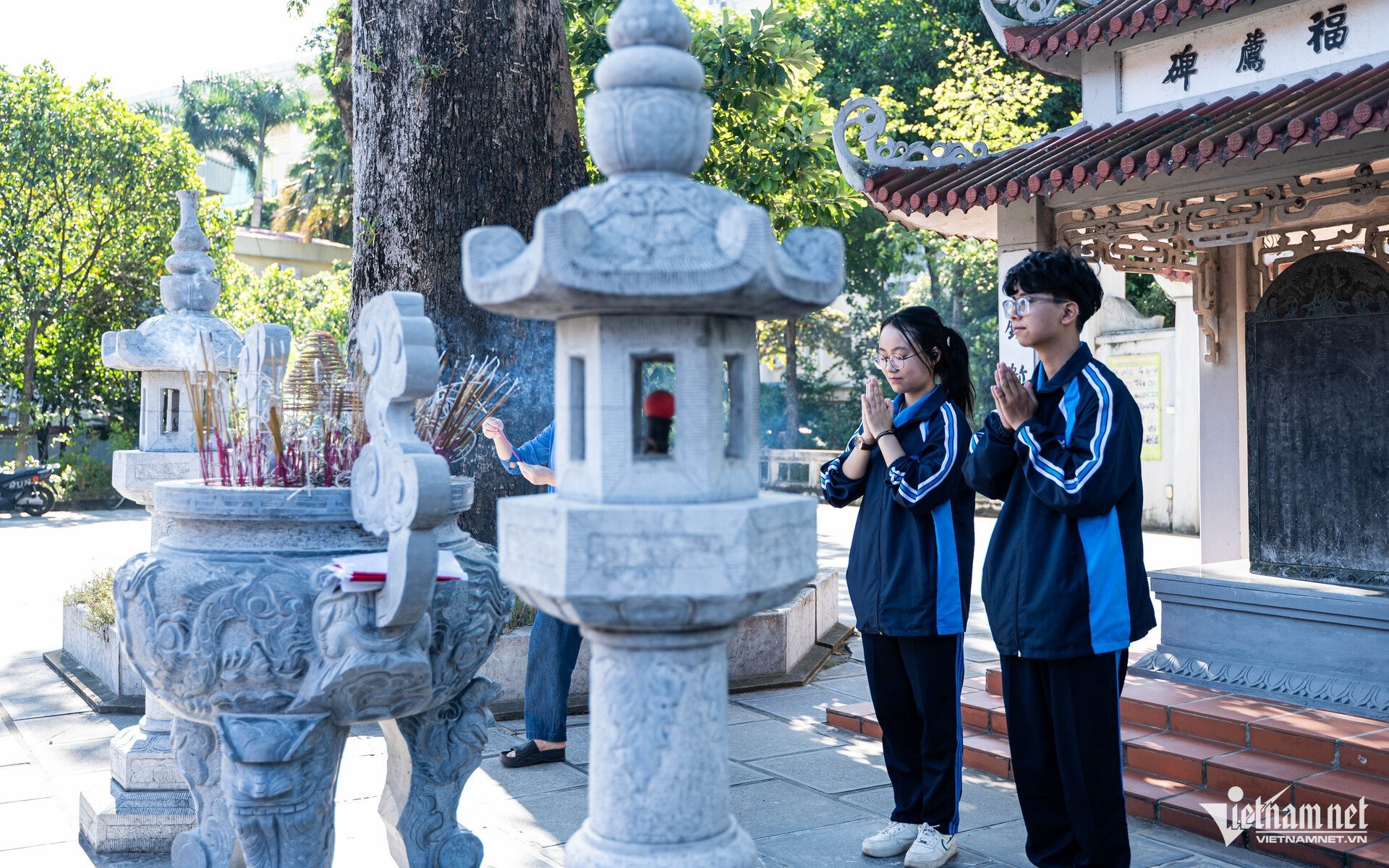
Every year, the traditional festival of Thanh Chua Pagoda is held on January 25. The ritual part includes offering incense and flowers to Buddha and commemorating Princess Y Lan; the festival part includes folk games such as: chess, catching fish in a jar, and blindfolded pot smashing.
Ngoc Ha - Nguyen Huy
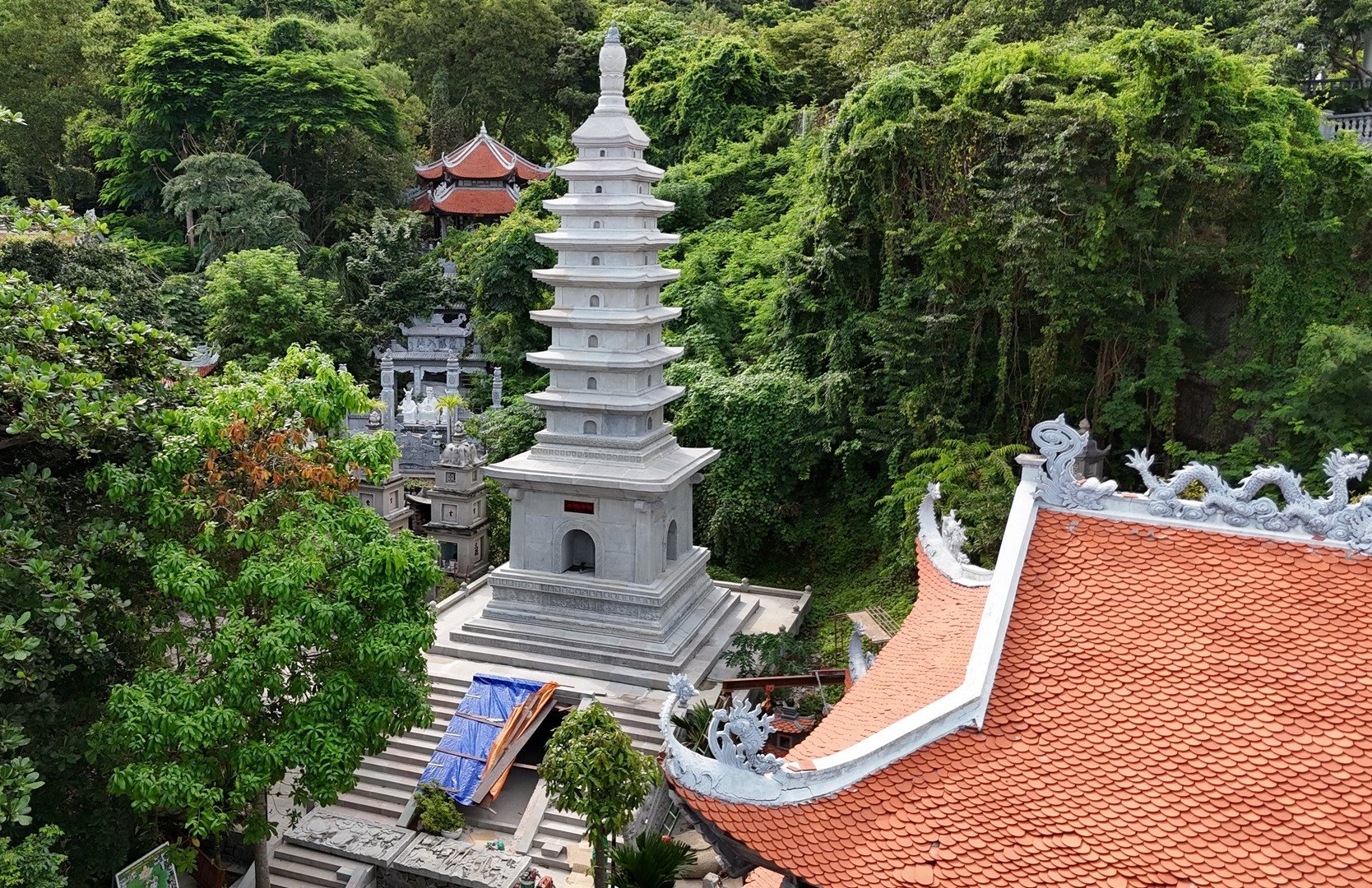
Source: https://vietnamnet.vn/chuyen-ve-ngoi-chua-hai-vua-ton-tho-an-minh-giua-khuon-vien-dai-hoc-o-ha-noi-2455903.html


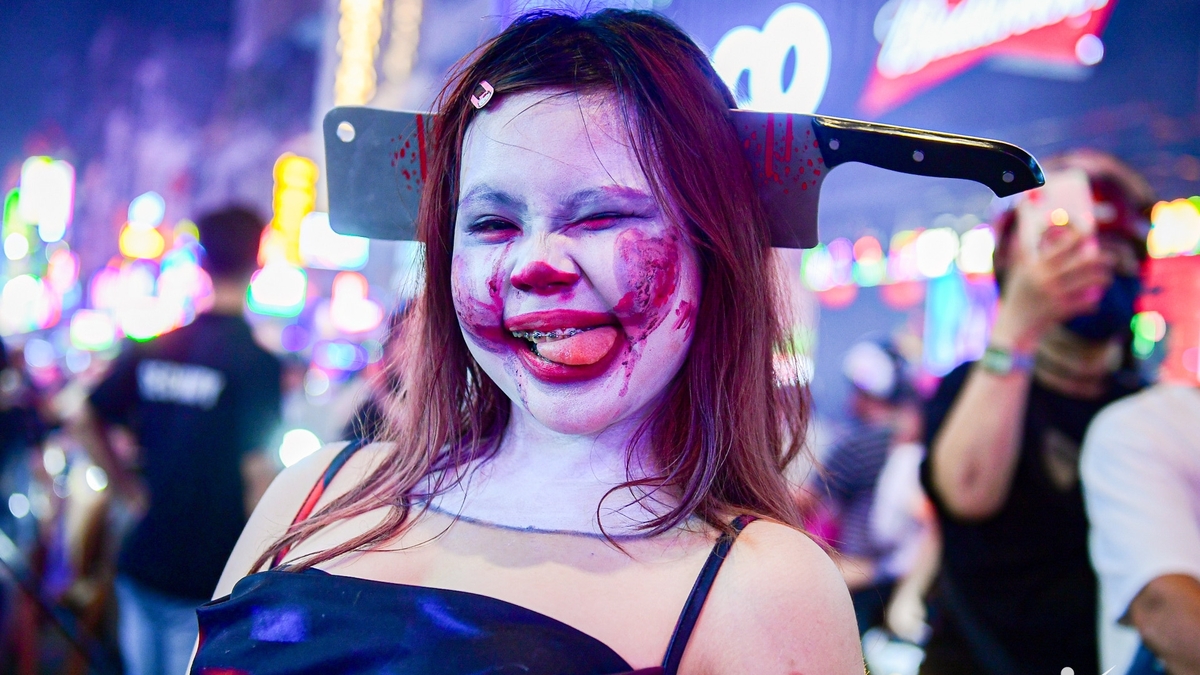


![[Photo] Da Nang: Water gradually recedes, local authorities take advantage of the cleanup](https://vphoto.vietnam.vn/thumb/1200x675/vietnam/resource/IMAGE/2025/10/31/1761897188943_ndo_tr_2-jpg.webp)

![[Photo] Prime Minister Pham Minh Chinh attends the 5th National Press Awards Ceremony on preventing and combating corruption, waste and negativity](https://vphoto.vietnam.vn/thumb/1200x675/vietnam/resource/IMAGE/2025/10/31/1761881588160_dsc-8359-jpg.webp)


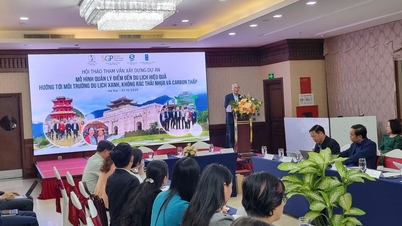

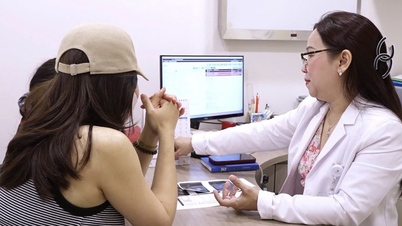

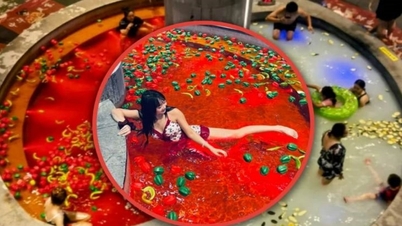
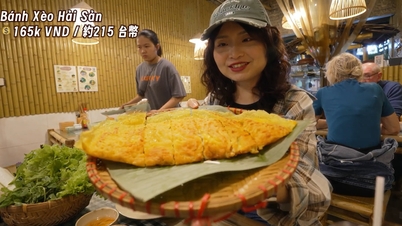
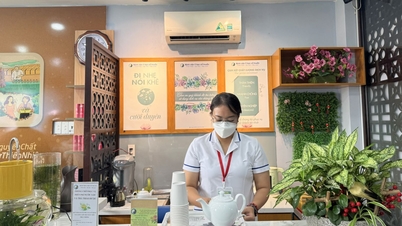
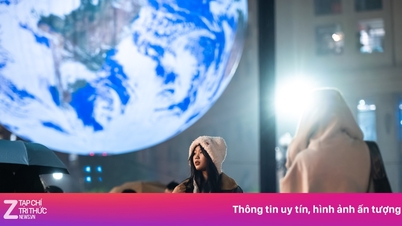





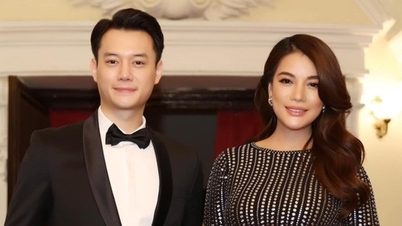
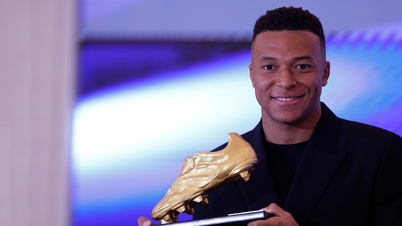
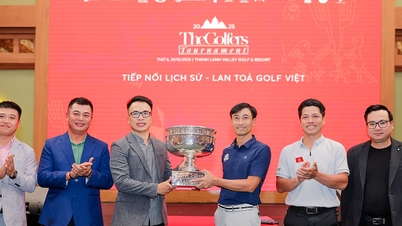

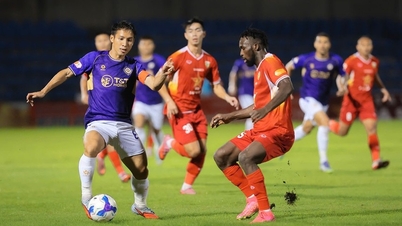

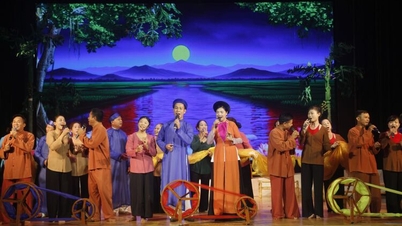

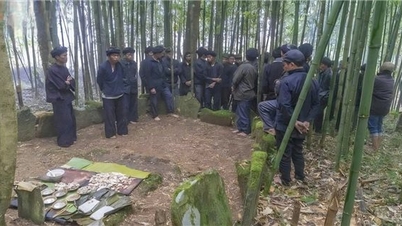

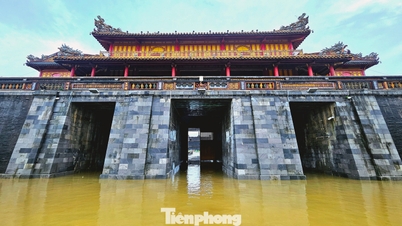

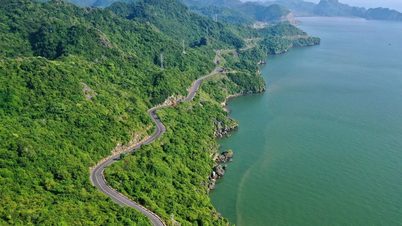

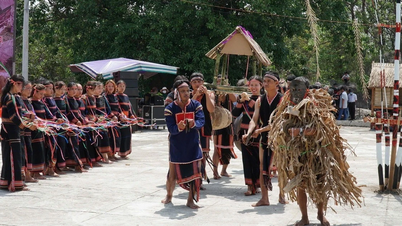



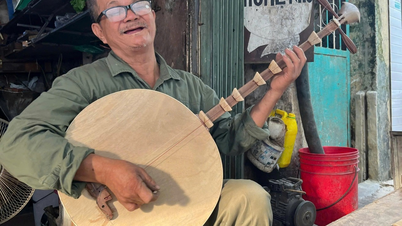



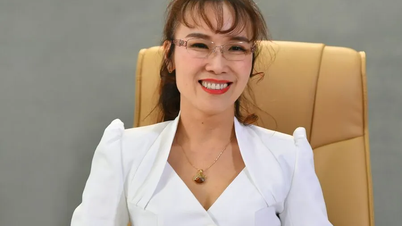

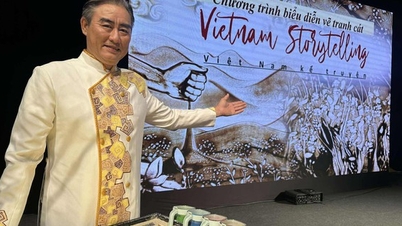
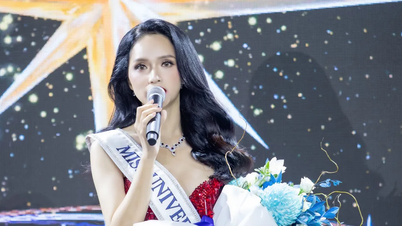

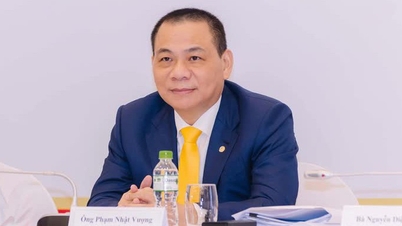

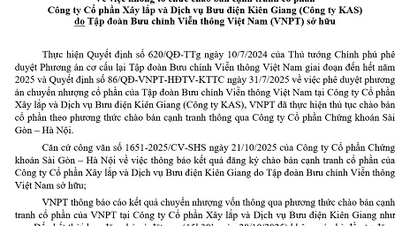


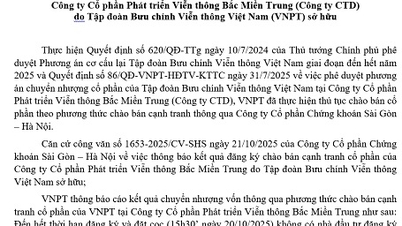
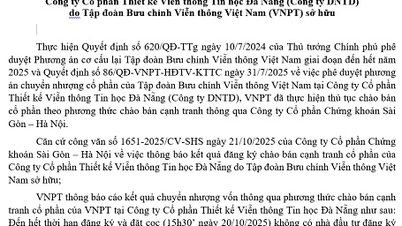






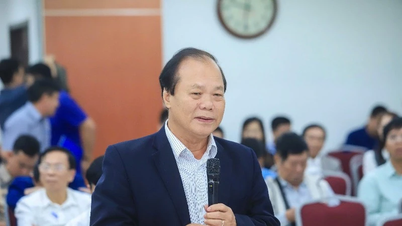

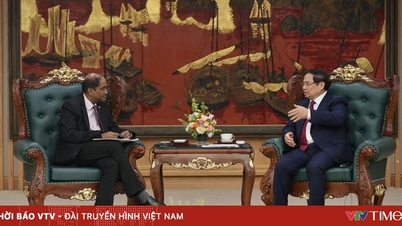

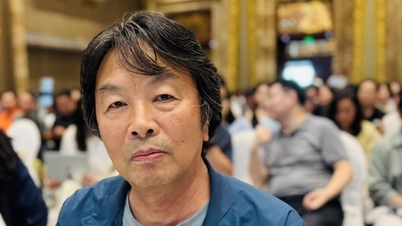
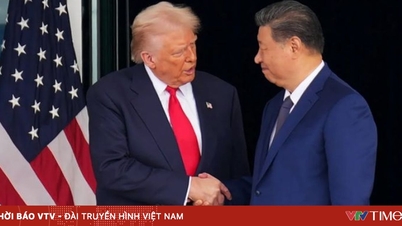
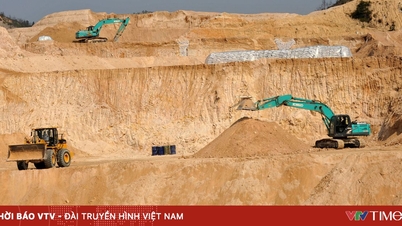
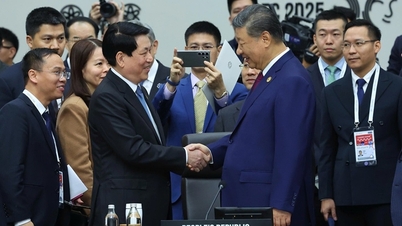


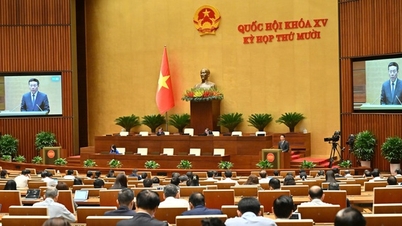

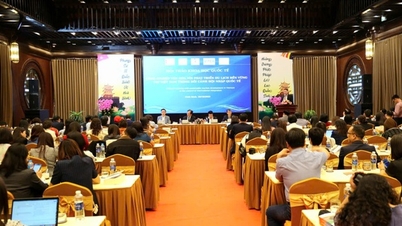
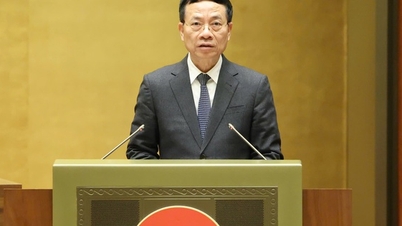
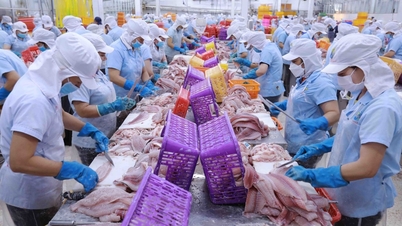
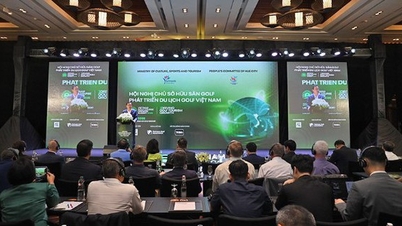
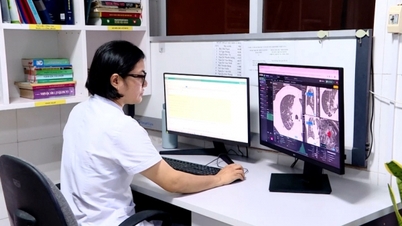

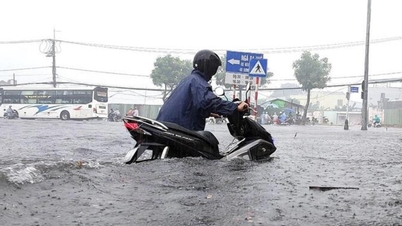

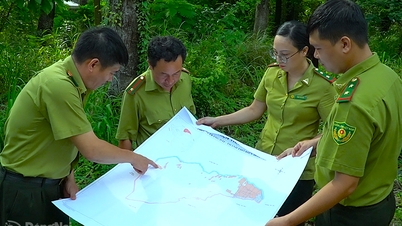



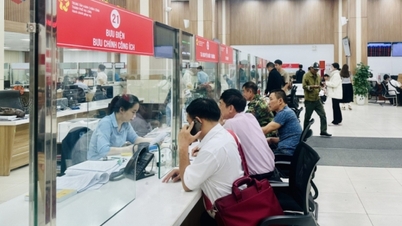
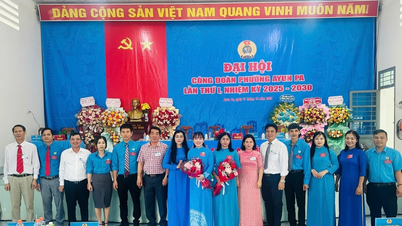

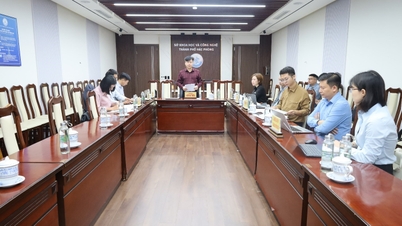















Comment (0)